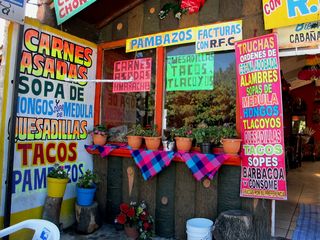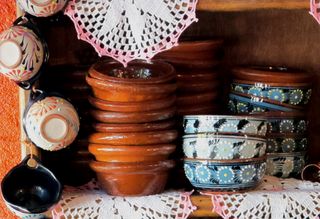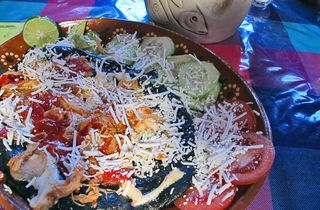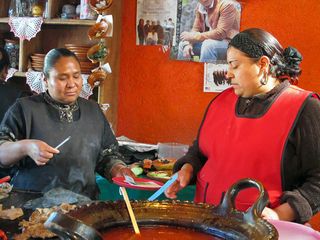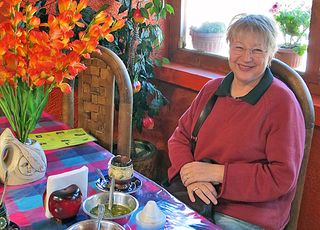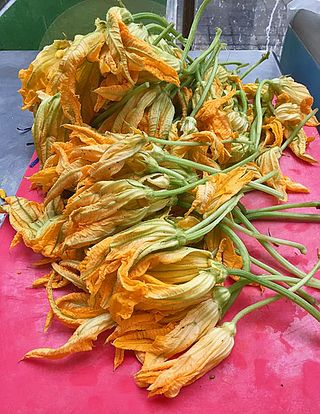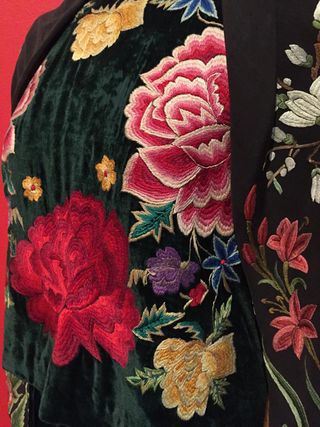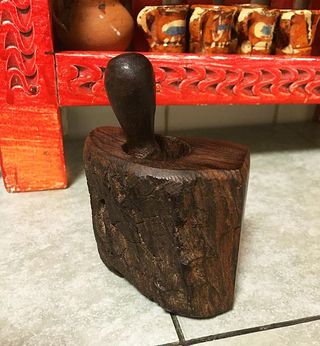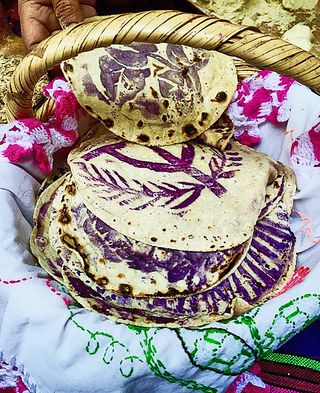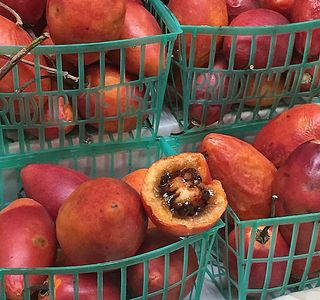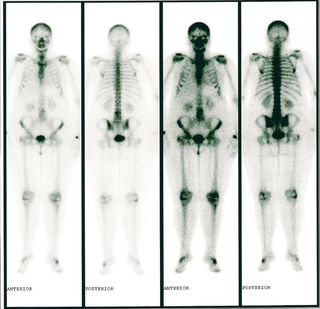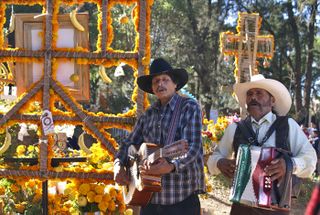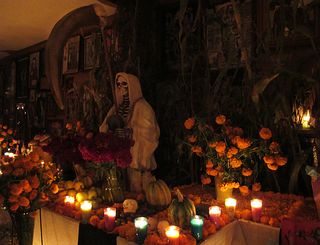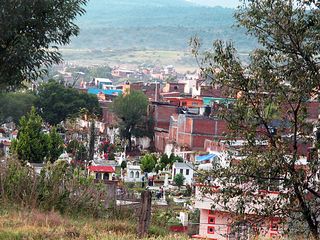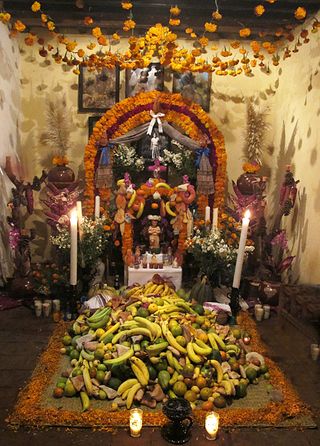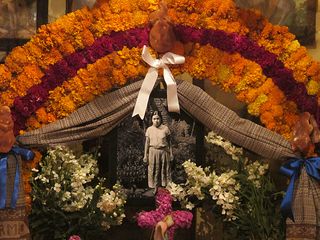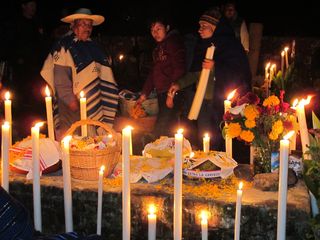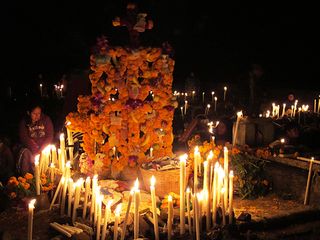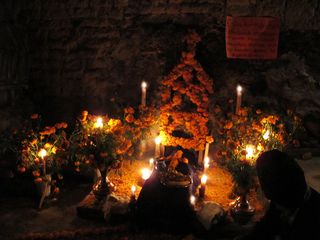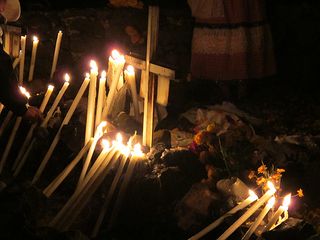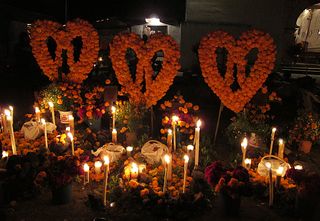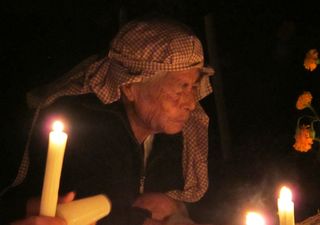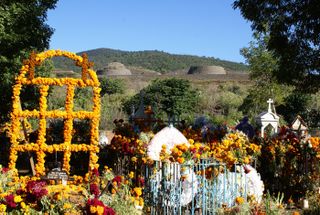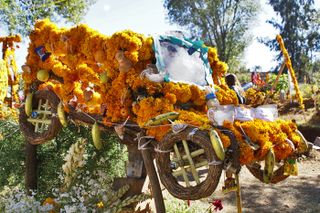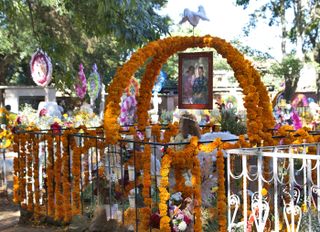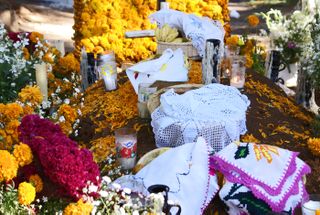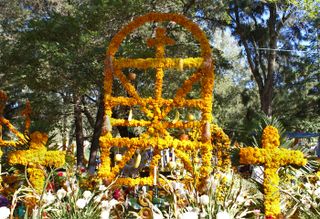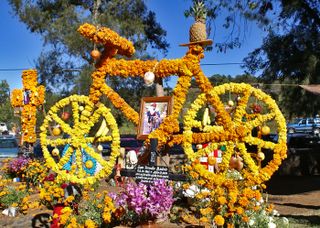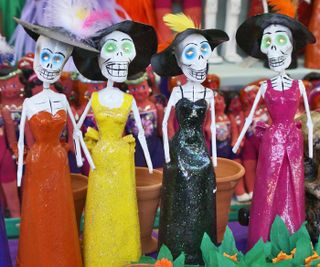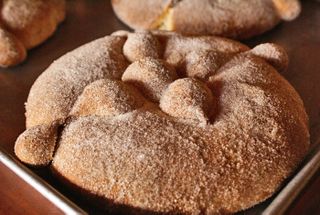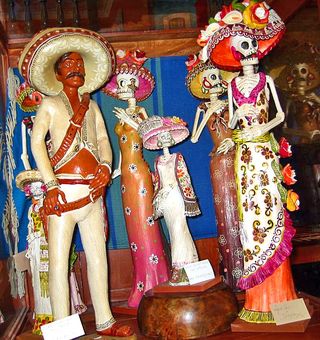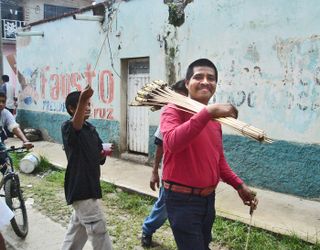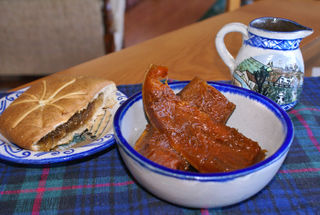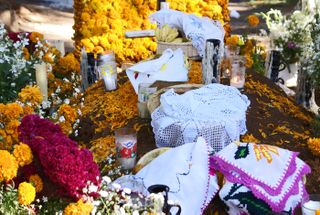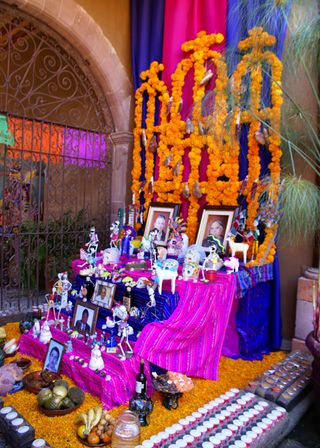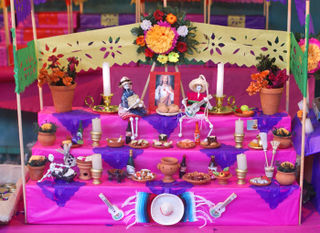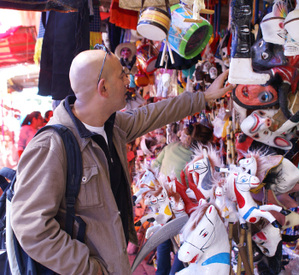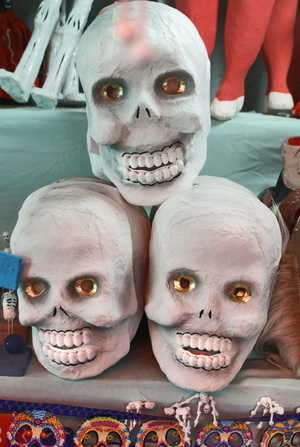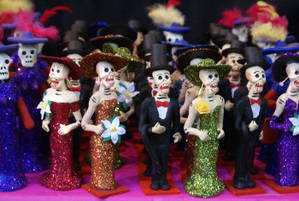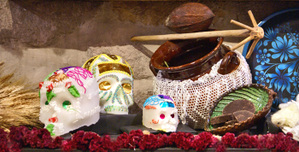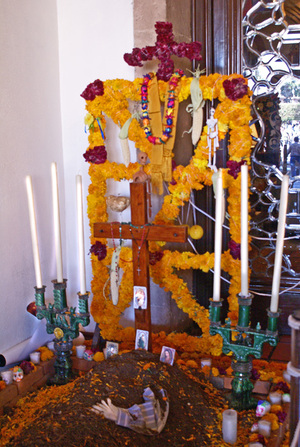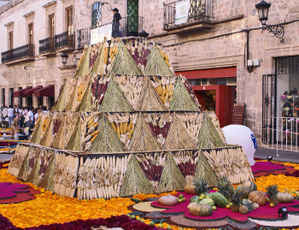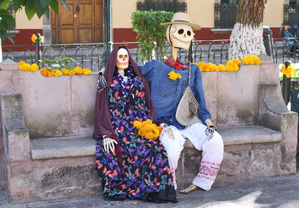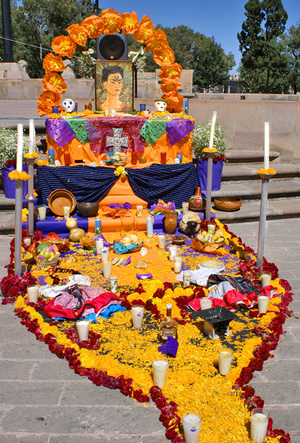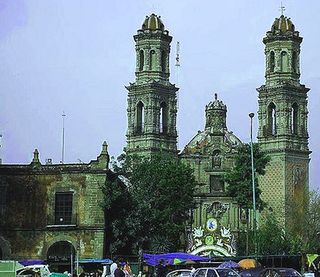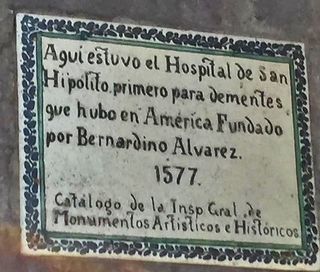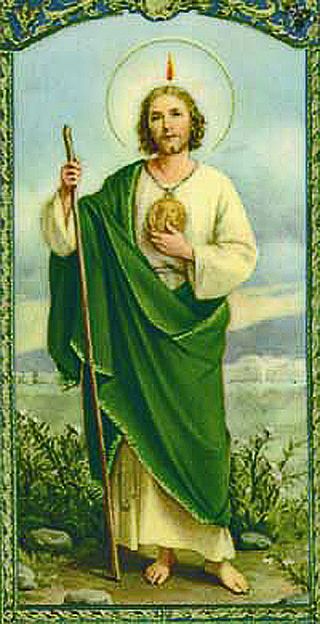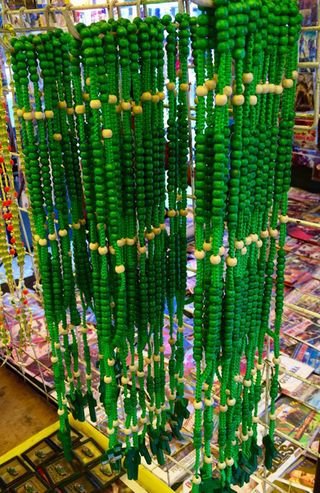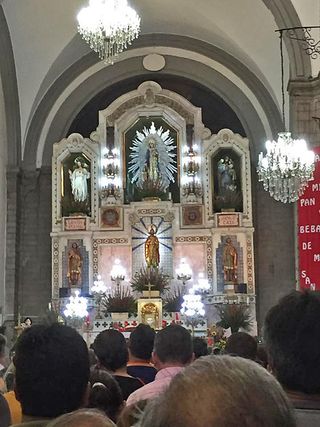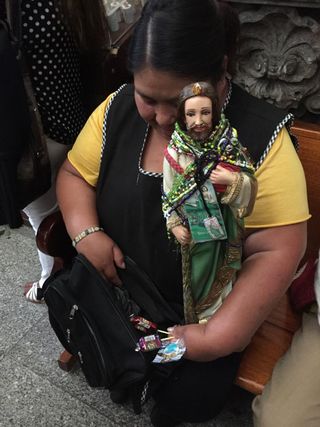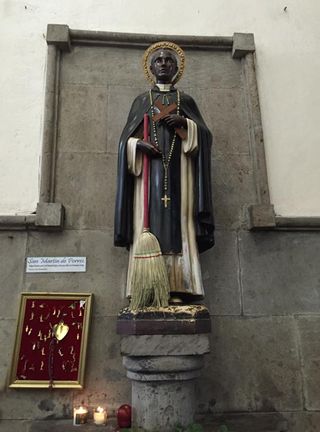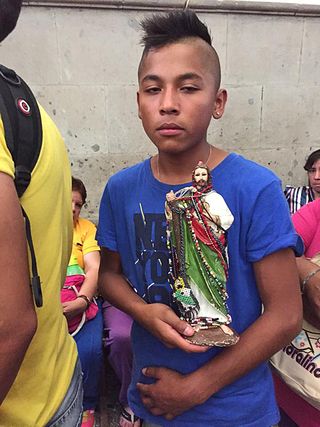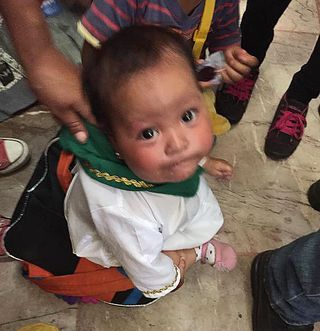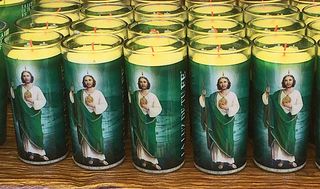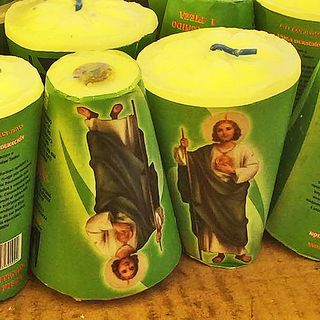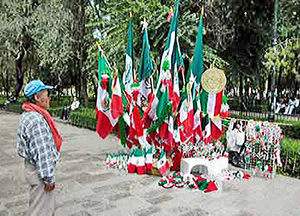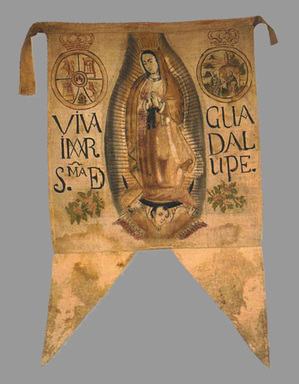This article about Mexico City's ever-popular Restaurante Nicos bears repeating today for an important announcement. Just a few weeks ago, our much-loved Nicos was named to the list of 50 Best Restaurants in Latin America, presented by RESTAURANT, a British specialty magazine. Long a great cause for pride in Mexico City, thanks to this award Nicos is now even better known throughout the world.
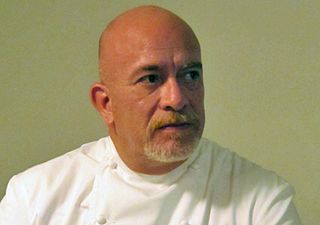
Chef Gerardo Vázquez Lugo, consummately professional executive chef at Restaurante Nicos in Mexico City.
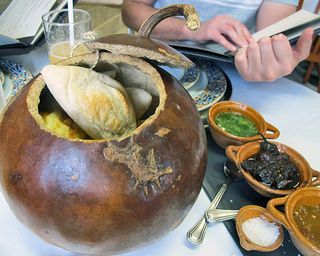
Freshly baked, still-warm bolillo (crusty white bread roll) served from a dried guaje (gourd) and accompanied by three salsas and a wee dish of sea salt.
Mexico City's gourmands–the many of us who are heartily fond of good food and drink–often travel substantially north of the Centro Histórico (downtown) to have a marvelous meal. The magnet that pulls us to Delegación Azcapotzalco? Restaurante Nicos, a Mexico City institution since 1957. Started by don Raimundo Vázques and his wife María Elena Lugo Zermeño (chef Gerardo's parents) and run by the Vázquez Lugo family for the last 58 years, the restaurant offers a warmly charming atmosphere, excellent service, and simply fantastic food.
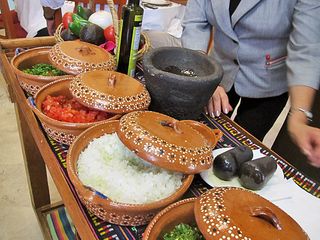
It always makes me happy to see that Nicos makes its guacamole exactly the way I've been doing it at home for 30 years. You can see that the avocado is left in silky chunks; it's not mashed. Add a little olive oil, some sea salt, small-diced white onion, small-diced tomato, chopped cilantro, and as much minced chile serrano as your palate can handle. No limón (Key lime) is necessary.
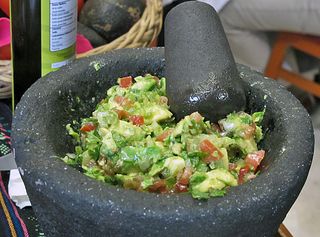
Prepared at tableside with perfectly ripe, perfectly fresh ingredients, this guacamole brims over in its molcajete (volcanic stone mortar) and is a plentiful appetizer for four diners. It's served with freshly-fried salty totopos (tortilla chips).
This oasis of great eating has never pretended to be more than a family restaurant serving home-style Mexican cooking. Traditional recipes prepared and served in the spirit of Slow Food are the basis of Nicos' kitchen, and attentive, non-obtrusive, closely-supervised staff continue to ensure that the customer is king. Really, what more can we want?
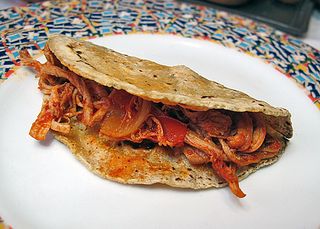
Another appetizer, this time doblada de tinga (delectable stewed, spiced, and shredded chicken stuffed into a folded, hot-off-the-comal (griddle) tortilla). These dobladas are offered three to an order, but our server generously provided our table of four diners with an extra doblada.
A Mexican food enthusiast and restaurant owner visiting from Oregon recently invited me and some other friends to accompany him for comida (main meal of Mexico's day) at Nicos. An eager sí, cómo no!, and Mexico Cooks! joined this group of friends at table. Faced with the truly difficult choices among Nicos' marvelous appetizers, soups, salads, and main dishes, we of course ordered far too much food, and of course we polished it all off with delight.
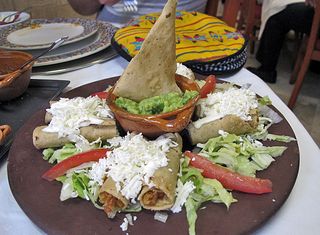
Our third entrada (appetizer) was this beautiful plate of trancas—taquitos (small rolled and fried tacos) stuffed with chicken and served with farm-fresh crema de mesa (Mexican table cream, similar to creme fraiche), grated queso fresco (soft white cheese), lettuce, and tomato–plus a small bowl of guacamole.
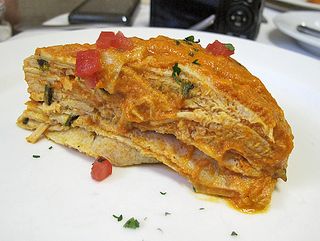
We ordered two sopas to share. This is what Mexico knows as a sopa seca (dry soup). In this case, it's the very special sopa seca de natas; a 19th century recipe from the convent of the Capuchinas (Capuchin nuns) in Guadalajara. It's made of crepes, layered with shredded chicken and a sauce made of nata (unpasteurized cream from raw milk), tomatoes, and finely sliced chile poblano. Once the ingredients are layered in a baking dish, they're baked for about an hour and a half.
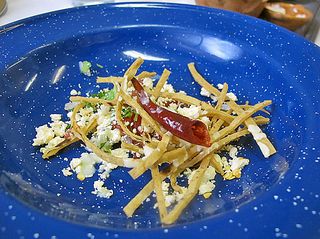
A soup plate arrives at table already piled with accompaniments for sopa de frijoles, the sopa aguada (liquid soup) we ordered. The shallow bowl holds strips of thinly sliced, fried tortillas, queso Pijijiapan (a white crumbly cheese from the state of Chiapas), lightly fried chile de árbol, and crema de rancho (farm-style table cream). Note the name Pijijiapan: it's the only place name in Mexico with five dotted letters in a row! You can always count on Mexico Cooks! for this sort of fascinating trivia.

Absolutely delicious sopa de frijoles (bean soup), based on an ayocote (white runner bean) broth flavored with fresh epazote (wormweed) is then ladled atop the soup accompaniments, and our waiter added a few drops of organic olive oil.

The first of our three platos fuertes (main dishes) was adobo de antaño con carne de cerdo con tamal de ejote tierno (pork cooked in an old-fashioned smooth, spicy adobo (sauce) and served with a fresh-corn tamal.
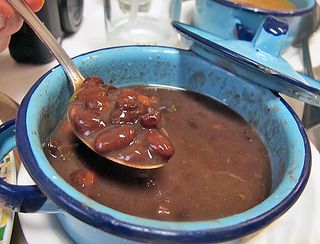
A tiny pot of frijoles negros (black beans), for just a spoonful each to go with our main dishes.
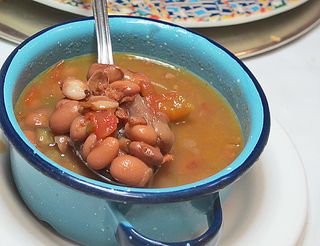
And another tiny pot of frijoles charros (cowboy-style beans with bacon, onion, and tomato). We couldn't have just one pot of beans, right?

Our second main dish: conejo al chile piquín (tender rabbit in a chile piquín sauce), served with ensalada de nopalitos (cactus paddle salad). Next time I am at Nicos, I'll order this dish just for myself. It was unquestionably my favorite–fall-off-the-bone tender rabbit cooked in a supremely delicious sauce. Just try and get me to give you a bite!
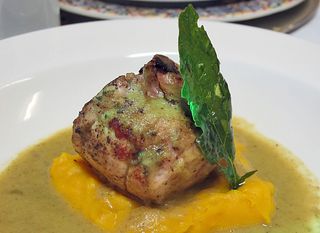
This dish of pollo en hoja de aguacate con pulque (boneless chicken with avocado leaf, orange juice, butter, and pulque) was, for me, a close runner-up to the rabbit. Beautifully presented and carrying the subtle flavor of anise-y avocado leaf and earthy pulque, the recipe was created by one of Mexico's foremost chefs and my friend, Mexico's great lady of the kitchen, Alicia Gironella d'Angeli.
Can you tell that we were simply too stuffed to order dessert? We waddled out of the restaurant into the first downpour of Mexico City's 2013 rainy season, happy to have spent several hours enjoying one another's company and a superb meal. Next time you're in Mexico City, Restaurante Nicos will be a truly memorable experience for you.
Restaurante Nicos
Av. Cuitláhuac 3102, corner of Clavería
Col. Clavería
Del. Azcapotzalco
Mexico City 02080
Tel: 55.5396.7090 (reservations suggested for hours of comida, 2.30-4:00PM)
Hours: Monday through Friday 7.30AM to 7:30PM
Looking for a tailored-to-your-interests specialized tour in Mexico? Click here: Tours.
